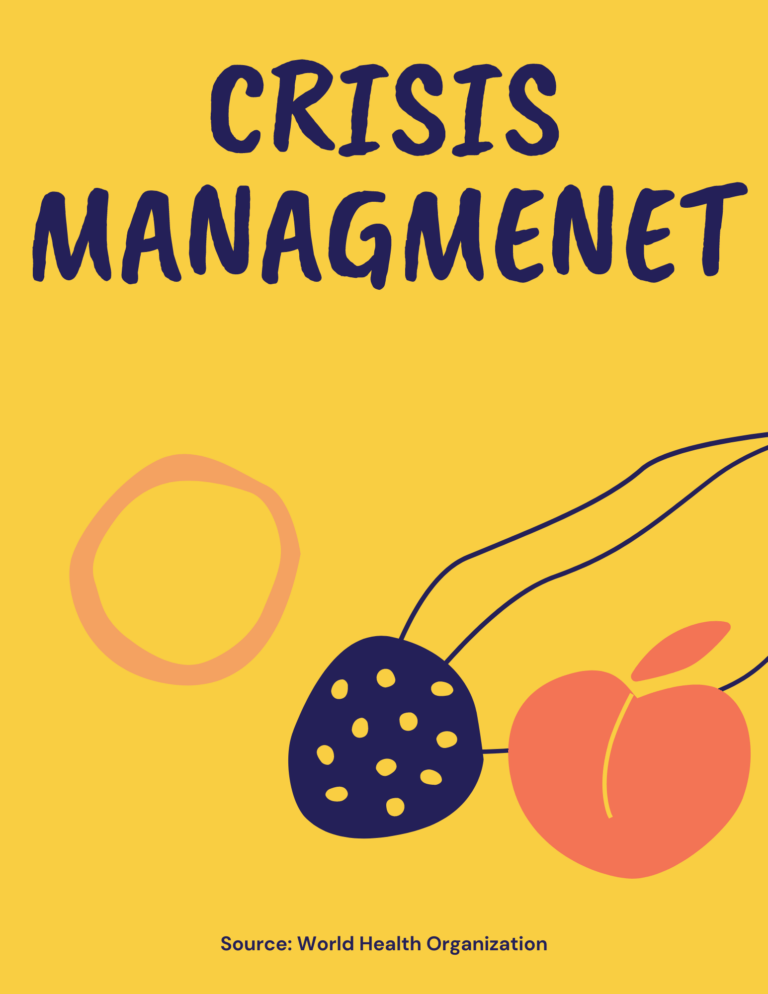As a Board Certified Behavior Analyst (BCBA), part of my responsibility is to ensure the safety and well-being of both the individuals receiving services and the RBT’s themselves. One crucial aspect of achieving this is recognizing the early warning signs of a crisis during ABA sessions. By identifying these signs promptly, we can intervene effectively and prevent situations from escalating. In this blog, we’ll explore the importance of recognizing early warning signs of a crisis in ABA and discuss strategies for proactive intervention.
Understanding the Importance of Early Recognition:
In ABA, early recognition of potential crisis situations is paramount to promoting a safe and supportive therapeutic environment. By identifying early warning signs, such as changes in behavior or escalating agitation, RBTs can intervene promptly to prevent the situation from escalating into a crisis. This proactive approach not only ensures the safety of all individuals involved but also promotes positive behavior change and skill development.
Common Early Warning Signs:
- Increased Agitation: One of the most common early warning signs of a crisis is increased agitation or restlessness in the individual. This may manifest as pacing, fidgeting, or heightened vocalizations.
- Escalating Verbal Aggression: Verbal aggression, such as yelling, cursing, or threatening behavior, may escalate as a precursor to physical aggression if left unaddressed.
- Physical Tension: Individuals may exhibit physical signs of tension, such as clenched fists, rigid posture, or facial expressions indicating distress.
- Withdrawal or Avoidance: Some individuals may exhibit withdrawal or avoidance behaviors as a way of coping with stress or discomfort. They may attempt to leave the situation or isolate themselves from others.
- Increased Rate of Problem Behaviors: An increase in the frequency or intensity of problem behaviors, such as aggression, self-injury, or property destruction, may signal a potential crisis situation.
Strategies for Proactive Intervention:
- Establishing Rapport: Building a strong therapeutic relationship based on trust and mutual respect is essential for recognizing early warning signs. By establishing rapport with the individual, therapists can create a safe and supportive environment where they feel comfortable expressing their needs and concerns.
- Antecedent Modification: Identifying and modifying environmental triggers that precede problem behaviors can help prevent crises from occurring. This may involve adjusting the environment, providing visual supports, or implementing structured routines to minimize stressors.
- Teaching Coping Skills: Teaching individuals alternative coping skills, such as deep breathing exercises, self-calming strategies, or communication techniques, can empower them to manage stress and frustration more effectively.
- Functional Behavior Assessment (FBA): Conducting a thorough functional behavior assessment allows therapists to identify the underlying functions of problem behaviors and develop proactive intervention strategies to address them.
- Staff Training and Supervision: Providing training and ongoing supervision to therapists and support staff on recognizing early warning signs and implementing crisis intervention protocols is essential for maintaining a safe and effective therapeutic environment.
Recognizing early warning signs of a crisis in ABA is crucial for promoting a safe and supportive therapeutic environment. By identifying these signs promptly and intervening proactively, BCBA’s can prevent situations from escalating into crises and promote positive behavior change and skill development in individuals receiving therapy. Through collaboration, training, and a commitment to maintaining the dignity and well-being of all individuals involved, we can create a therapeutic environment where everyone can thrive.



